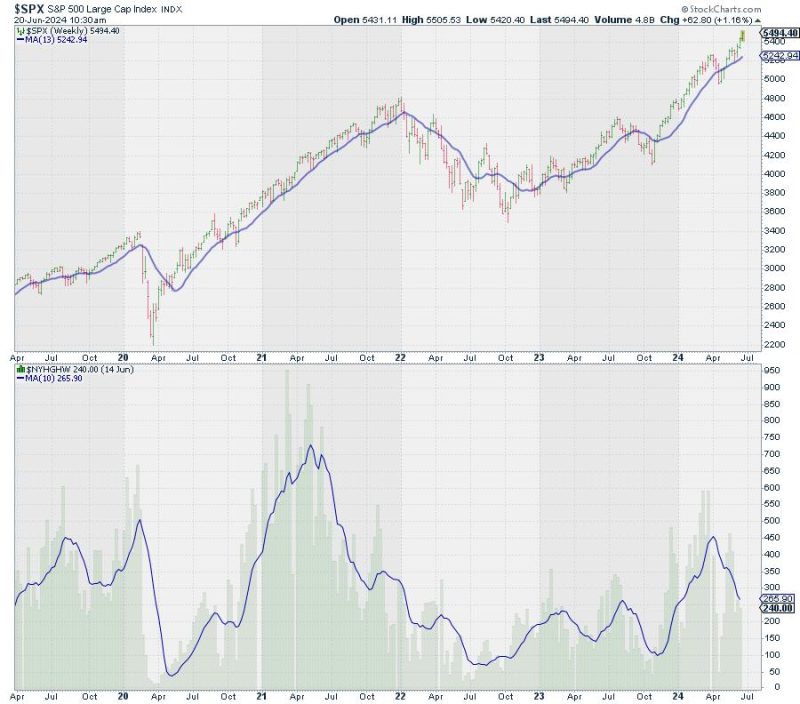Price is often seen as a reflection of value. In today’s fast-paced world, where consumer demands evolve swiftly, companies need to carefully strategize their pricing to stay competitive. This is especially crucial in the tech industry, where rapid advancements and fierce competition make price a key factor in consumer decision-making. However, while pricing strategies can undoubtedly impact profitability and market share, the long-term implications of aggressive pricing need to be carefully considered.
Many companies opt for aggressive pricing strategies to attract customers and gain market share quickly. This approach can be effective in the short term, driving sales and potentially establishing a loyal customer base. By offering products and services at lower prices than competitors, companies can appeal to budget-conscious consumers and disrupt established market dynamics. In the tech industry, where innovation is constant, attracting a large customer base early on can be a strategic advantage.
Despite the immediate benefits of aggressive pricing, there are long-term risks that companies must be mindful of. Perhaps the most significant risk is the potential devaluation of the product or service being offered. When prices are consistently low, customers may perceive the product as low-quality or inferior, regardless of its actual value. This can erode brand reputation and undermine efforts to position the company as a leader in the market.
Furthermore, aggressive pricing strategies can lead to a race to the bottom, with competitors continually undercutting each other to attract customers. This can result in a price war that ultimately harms profitability for all players involved. Companies may find themselves locked into a cycle of price cuts and promotions, squeezing profit margins and limiting resources for innovation and growth.
Another consideration when implementing aggressive pricing strategies is the impact on customer expectations. Customers who are accustomed to low prices may resist price increases in the future, making it challenging for companies to transition to a more sustainable pricing model. Additionally, the rush to capture market share through aggressive pricing may come at the expense of building strong customer relationships and fostering loyalty.
In conclusion, while aggressive pricing strategies can be a powerful tool for companies looking to gain a foothold in the market, the long-term implications must be carefully considered. It is essential for companies to strike a balance between attracting customers with competitive pricing and maintaining the value and quality of their offerings. By focusing on building a strong brand, fostering customer loyalty, and investing in innovation, companies can create a sustainable competitive advantage that transcends price alone.
